Wichtige Dokumente
234907
Methacrylsäure-2-(dimethylamino)-ethylester
contains 700-1000 ppm monomethyl ether hydroquinone as inhibitor, 98%
Synonym(e):
2-(Dimethylamino)-ethyl-methacrylat
About This Item
Empfohlene Produkte
Dampfdichte
5.4 (vs air)
Qualitätsniveau
Dampfdruck
<1 mmHg ( 25 °C)
Assay
98%
Form
liquid
Enthält
700-1000 ppm monomethyl ether hydroquinone as inhibitor
Brechungsindex
n20/D 1.439 (lit.)
bp
182-192 °C (lit.)
Dichte
0.933 g/mL at 25 °C (lit.)
Lagertemp.
2-8°C
SMILES String
CN(C)CCOC(=O)C(C)=C
InChI
1S/C8H15NO2/c1-7(2)8(10)11-6-5-9(3)4/h1,5-6H2,2-4H3
InChIKey
JKNCOURZONDCGV-UHFFFAOYSA-N
Suchen Sie nach ähnlichen Produkten? Aufrufen Leitfaden zum Produktvergleich
Allgemeine Beschreibung
Anwendung
- Quaternized poly (DMAEMA) can be used to prepare highly efficient antibacterial magnetic particles. The high density of quaternary ammonium groups generated via surface-initiated ATRP are responsible for high antibacterial activity.
- Ag nanoparticles immobilized into a poly (DMAEMA) brush layer can be used as a sensor platform for the detection of organic molecules by surface-enhanced Raman spectroscopy (SERS).
- It can also be used to prepare stable polymer-based gene delivery systems.
Signalwort
Danger
H-Sätze
Gefahreneinstufungen
Acute Tox. 4 Dermal - Acute Tox. 4 Oral - Eye Dam. 1 - Skin Corr. 1B - Skin Sens. 1
Lagerklassenschlüssel
6.1A - Combustible acute toxic Cat. 1 and 2 / very toxic hazardous materials
WGK
WGK 1
Flammpunkt (°F)
147.2 °F - closed cup
Flammpunkt (°C)
64 °C - closed cup
Persönliche Schutzausrüstung
Eyeshields, Faceshields, Gloves, type ABEK (EN14387) respirator filter
Hier finden Sie alle aktuellen Versionen:
Besitzen Sie dieses Produkt bereits?
In der Dokumentenbibliothek finden Sie die Dokumentation zu den Produkten, die Sie kürzlich erworben haben.
Kunden haben sich ebenfalls angesehen
Artikel
With dentists placing nearly 100 million dental fillings into patients′ teeth annually in the U.S. alone, polymeric composite restoratives account for a very large share of the biomaterials market.
Unser Team von Wissenschaftlern verfügt über Erfahrung in allen Forschungsbereichen einschließlich Life Science, Materialwissenschaften, chemischer Synthese, Chromatographie, Analytik und vielen mehr..
Setzen Sie sich mit dem technischen Dienst in Verbindung.![N-[3-(Dimethylamino)propyl]methacrylamid 99%, contains MEHQ as inhibitor](/deepweb/assets/sigmaaldrich/product/structures/295/145/6b4aae15-7cb5-4b7b-9c06-8e6d24e50951/640/6b4aae15-7cb5-4b7b-9c06-8e6d24e50951.png)
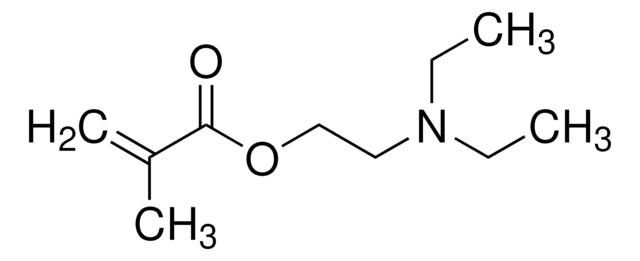

![[2-(Methacryloyloxy)ethyl]trimethylammoniumchlorid -Lösung 75 wt. % in H2O](/deepweb/assets/sigmaaldrich/product/structures/316/612/66b0f4cf-d060-427d-b4f5-e8fab3e5cffe/640/66b0f4cf-d060-427d-b4f5-e8fab3e5cffe.png)
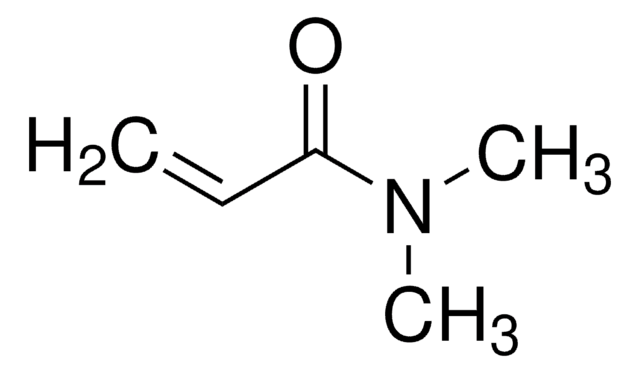
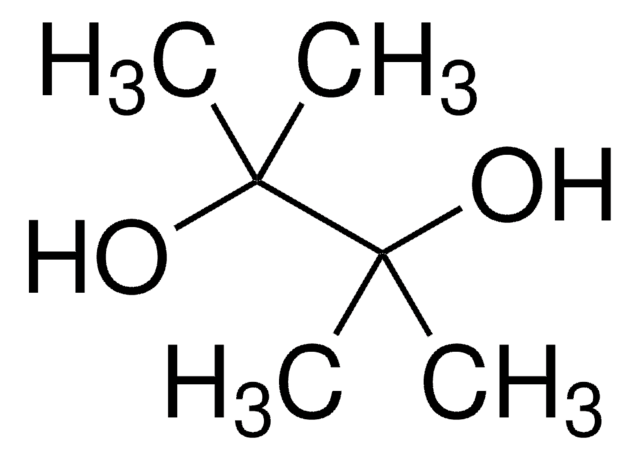
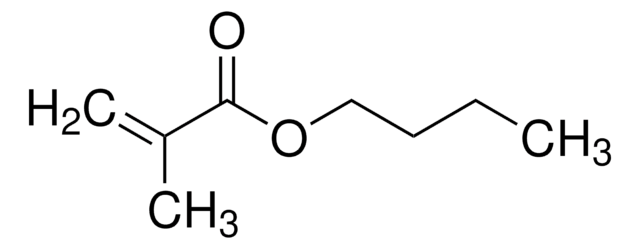


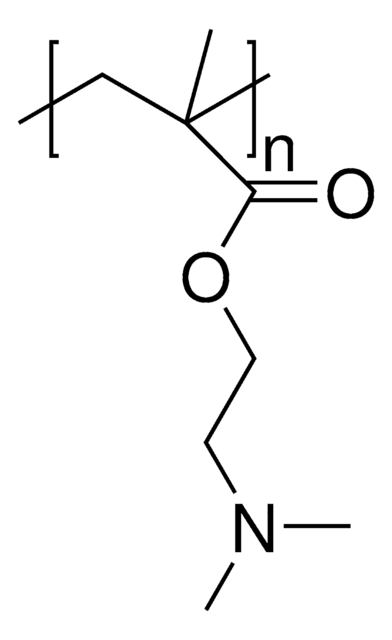


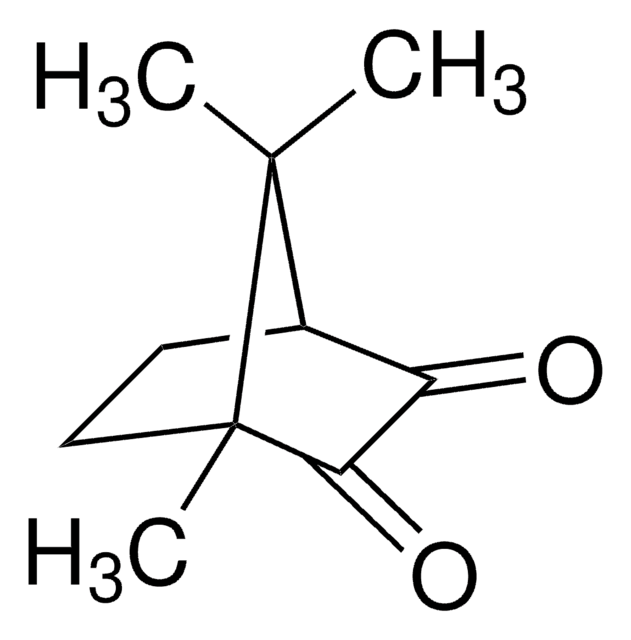
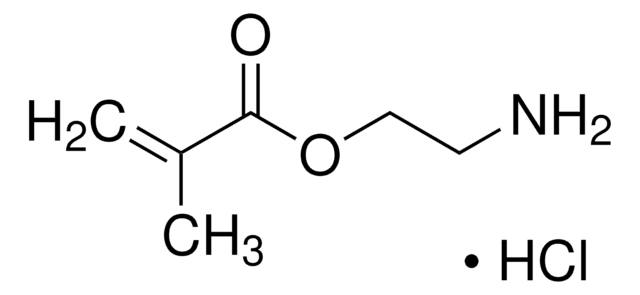


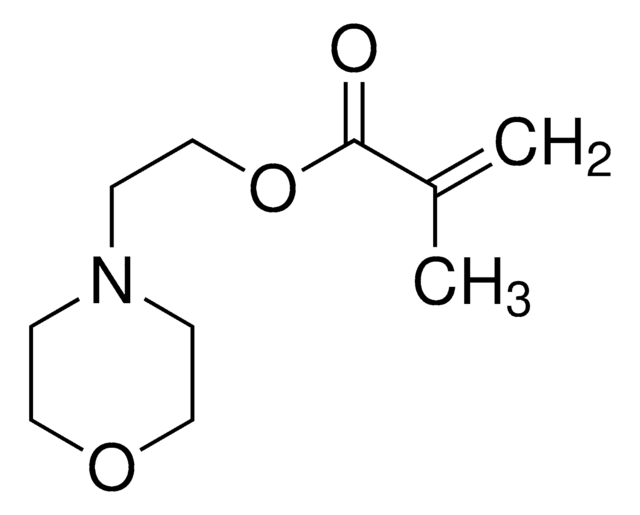
![[2-(Methacryloyloxy)-ethyl]-dimethyl-(3-sulfopropyl)-ammoniumhydroxid 95%](/deepweb/assets/sigmaaldrich/product/structures/217/219/73c91e1c-0ee4-4b3d-bead-a6dc3d09d1da/640/73c91e1c-0ee4-4b3d-bead-a6dc3d09d1da.png)
